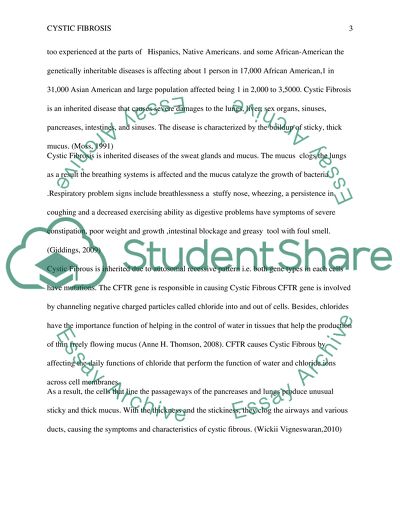Cite this document
(“Cystic Fibrosis Transplantaton Research Paper Example | Topics and Well Written Essays - 2000 words”, n.d.)
Retrieved from https://studentshare.org/health-sciences-medicine/1686579-cystic-fibrosis-transplantaton
Retrieved from https://studentshare.org/health-sciences-medicine/1686579-cystic-fibrosis-transplantaton
(Cystic Fibrosis Transplantaton Research Paper Example | Topics and Well Written Essays - 2000 Words)
https://studentshare.org/health-sciences-medicine/1686579-cystic-fibrosis-transplantaton.
https://studentshare.org/health-sciences-medicine/1686579-cystic-fibrosis-transplantaton.
“Cystic Fibrosis Transplantaton Research Paper Example | Topics and Well Written Essays - 2000 Words”, n.d. https://studentshare.org/health-sciences-medicine/1686579-cystic-fibrosis-transplantaton.


